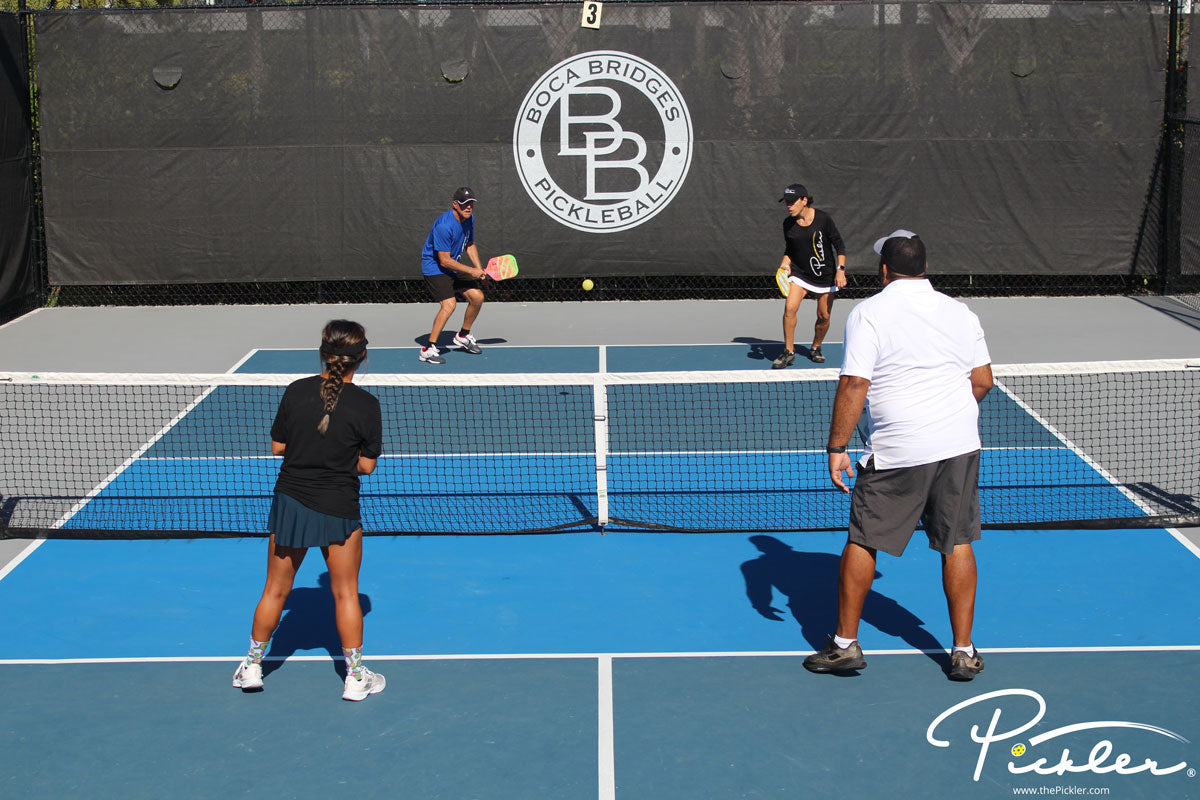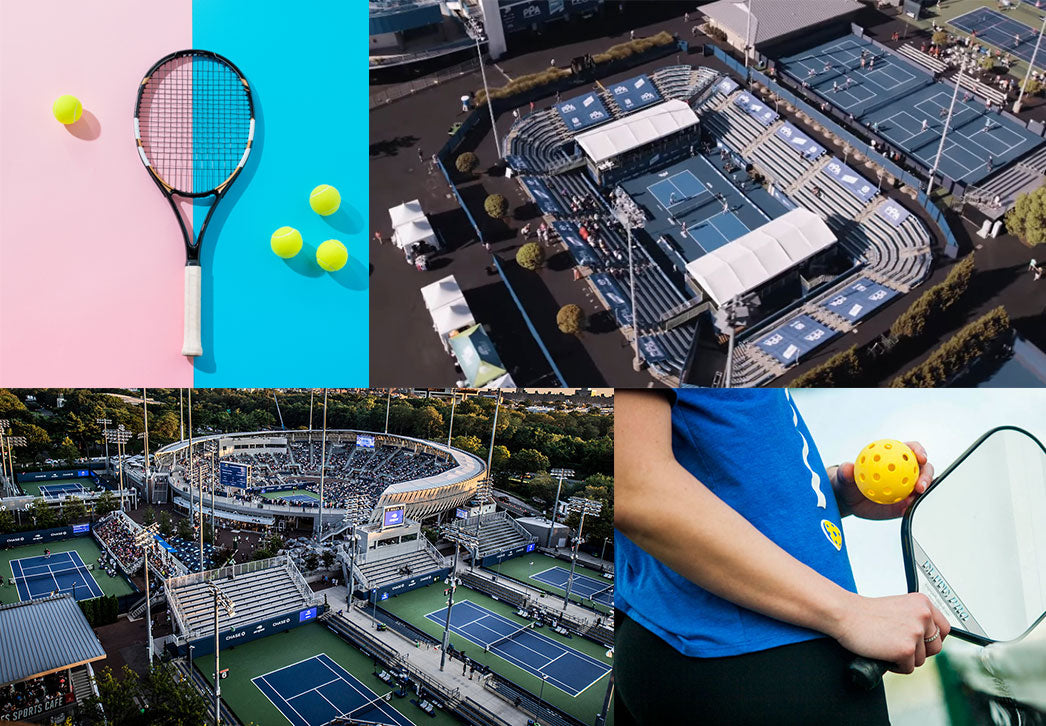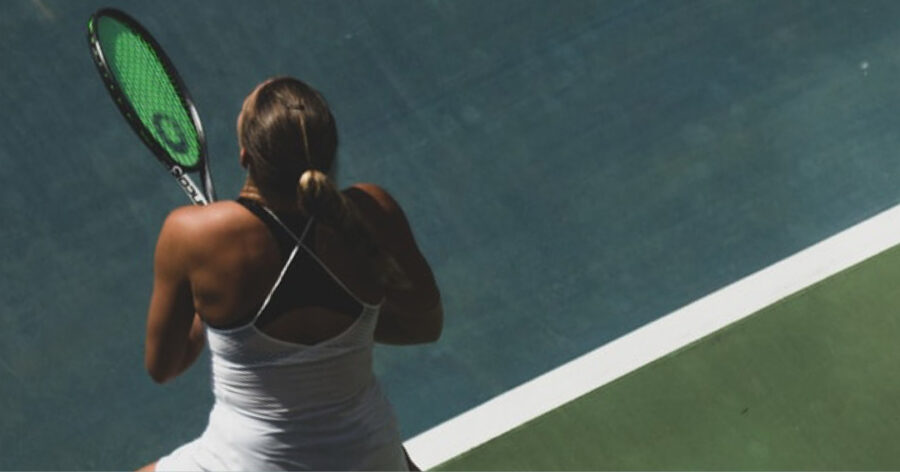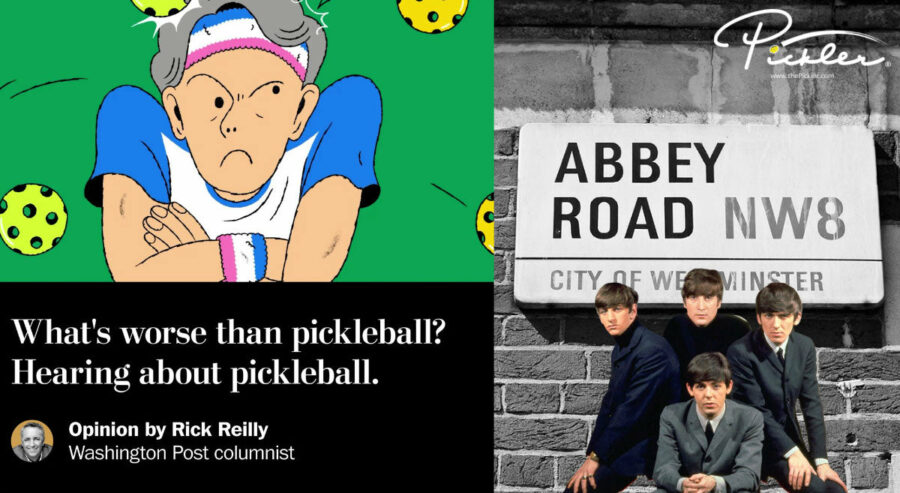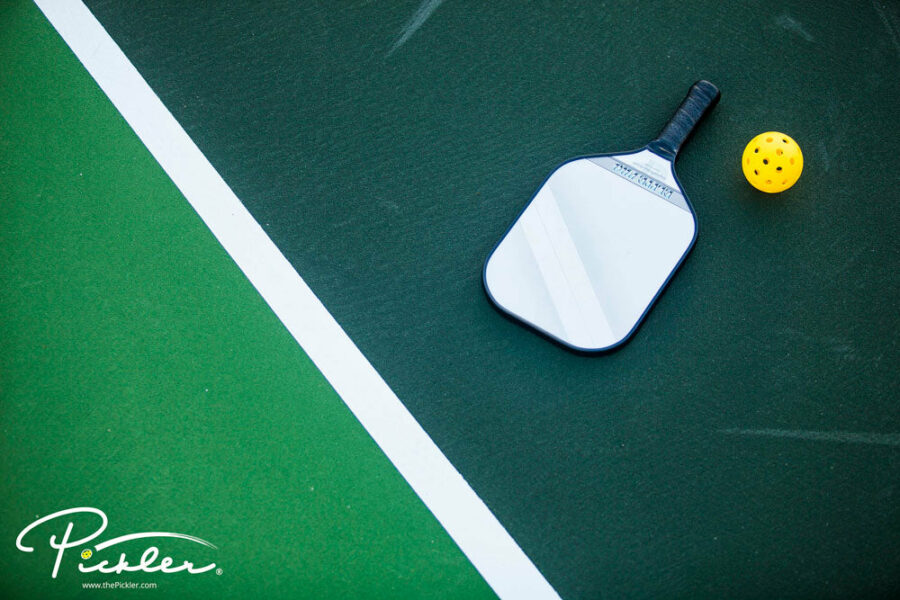If you were watching television last month, there were times when you could flip between channels on your TV to watch the U.S. Open tennis tournament in New York and the PPA Baird Wealth Management Open pickleball tournament in Cincinnati.
Talk about a mismatch.
The U.S. Open is a marquee tennis event, one in which New York’s glitterati show up to see and be seen, and players compete in grueling, emotional five-set matches that sometimes lasted more than four hours.
Carlos Alcaraz, the 19-year-old Spaniard who won the men’s singles title – his first major – played one match in the tournament that lasted more than five hours and ended at 2:23 a.am.
Alcaraz was just one shining example of the worldwide appeal of tennis and its bottomless supply of new talent that makes the outcome of any match anything but a formality.
By contrast, the Cincinnati pickleball tournament, like most, seemed to be attended by a number of fans small enough to be a bathroom line at the tennis tournament. The matches were over in a matter of minutes, and outcomes were, as always, not very surprising.
Did you hear? Ben Johns and Anna Leigh Waters won!
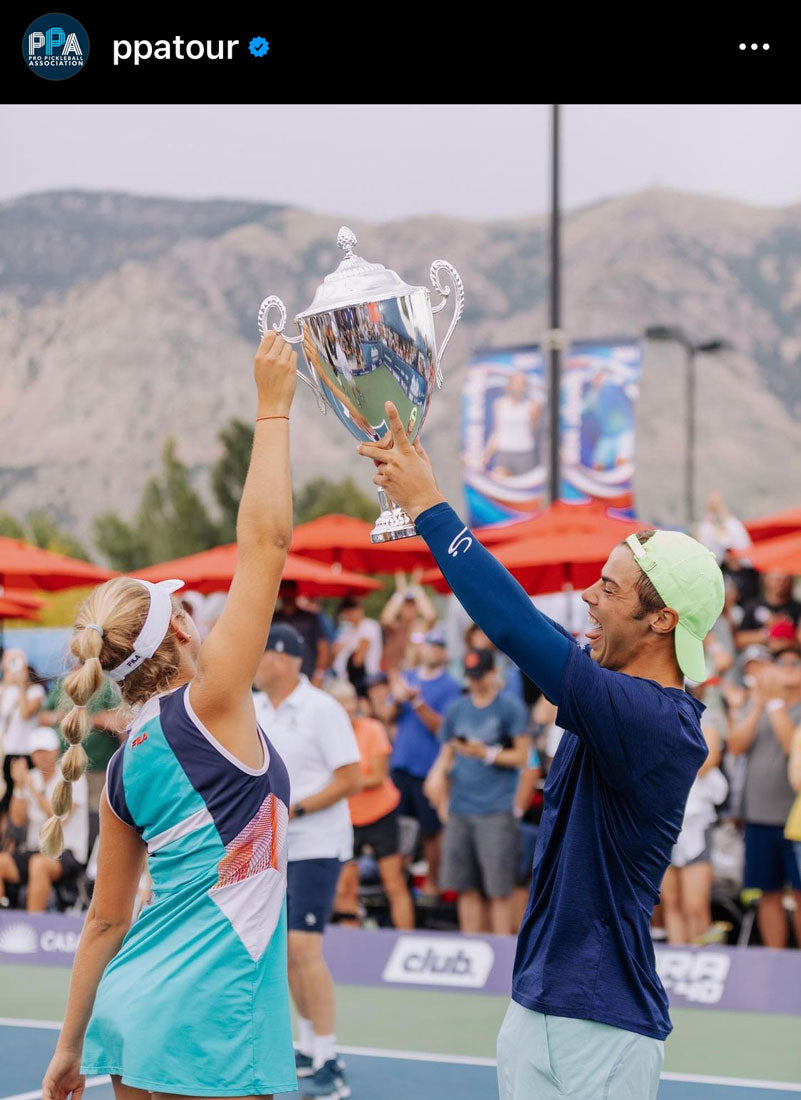
This isn’t a criticism of pickleball. It’s more of an observation on where the sport is in comparison to tennis – the sport it’s most frequently compared to, and one, at the recreational level, that often shares its same courts.
In some respects, it’s not a fair comparison. Pickleball is still in its infancy compared to tennis, which has been kicking around Europe since the 16th Century, and was once a favorite of King Henry VIII.
The world of tennis is literally the world, while pickleball is breaking out of Florida, Arizona, and California, and making its way into the bigger population centers in the United States. There are still pickleball deserts in the states.
And pickleball has a long way to go before it starts producing the global talent that comes to tennis naturally. There may come a day when it will be necessary to put country flags next to player’s names on a pickleball leaderboard, but it’s not around the corner.
That being said, pickleball is clearly on the ascent. Consider this: Those televised pickleball games on TV were being broadcast on the Tennis Channel. And tennis players can’t help but notice the constant pressure from recreational pickleball players to convert tennis courts to pickleball use.
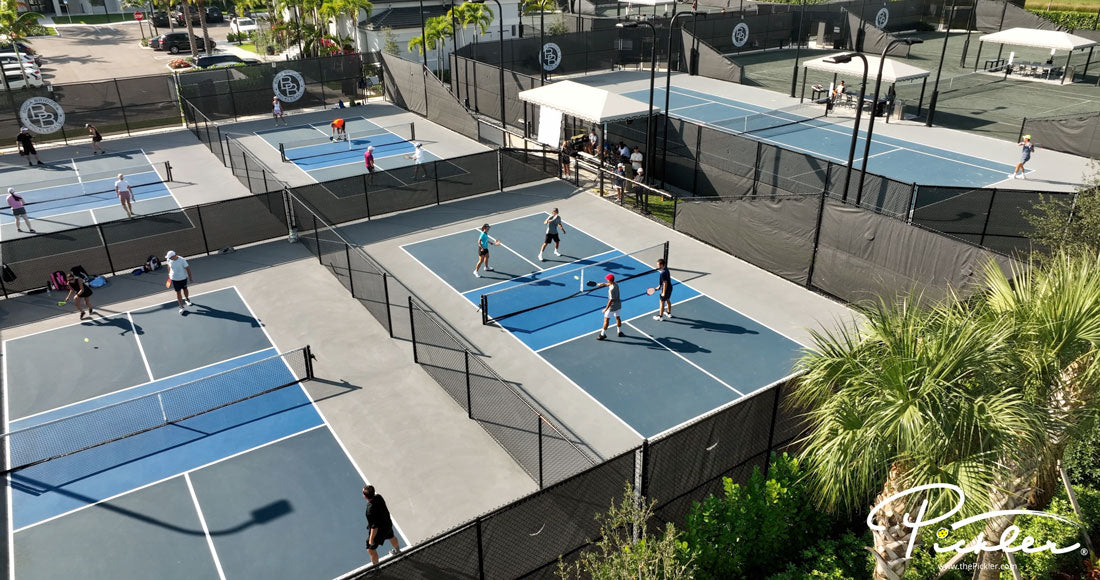
A sure sign of pickleball’s growing popularity was that John McEnroe himself, the undisputed bad boy of tennis, made a point of bad-mouthing pickleball during the U.S. Open tennis tournament.
“I am not a convert to pickleball. I think it sucks, ” McEnroe said in an interview with ABC News Radio.
But then McEnroe mentioned that he plays pickleball with his friends, who imagine that they can beat him.
“I’m like, look, I still know something about angles,” McEnroe said.
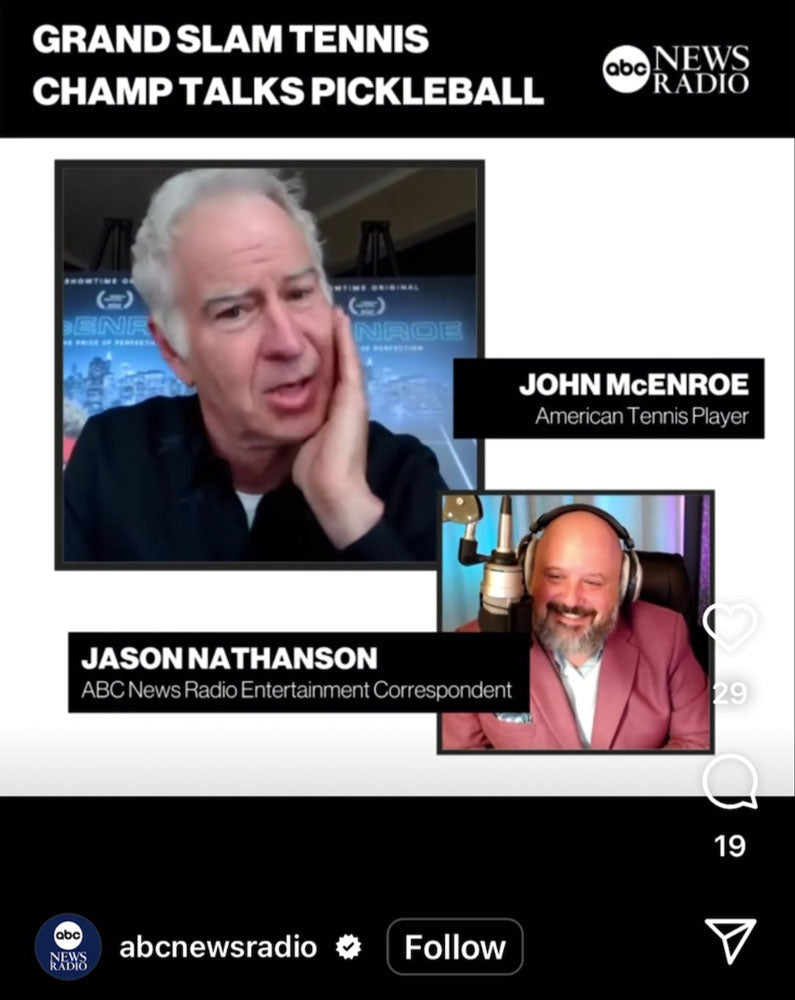
It seemed as if McEnroe was ready to talk about pickleball court strategy, but then he lapsed back to attack mode.
“You’ve got to be careful,” he said. “I want to tell you, you’re way more susceptible to injury in that crappy pickleball game than you are in tennis.”
“You’re sitting there and just swinging. You’re not even turning your body, using your core or bending your knees. It’s absolutely pathetic.”
And then he threw in, “But besides that, it’s a great sport.”
When tennis apostles like McEnroe can’t help acknowledging pickleball as a distant threat, it’s an indicator that the young upstart is making its presence known.
Just this past summer, the New Yorker magazine, the New York Times, Parade magazine, and Sports Illustrated all did stories about the ascendancy of pickleball.
And even more telling, pickleball, not tennis, was the cover story in Tennis magazine for the July/August issue. The issue featured a full-sized cover photo of Ben Johns, and it was devoted to the stampede of tennis players who were giving pickleball a try, or thinking of making the jump.
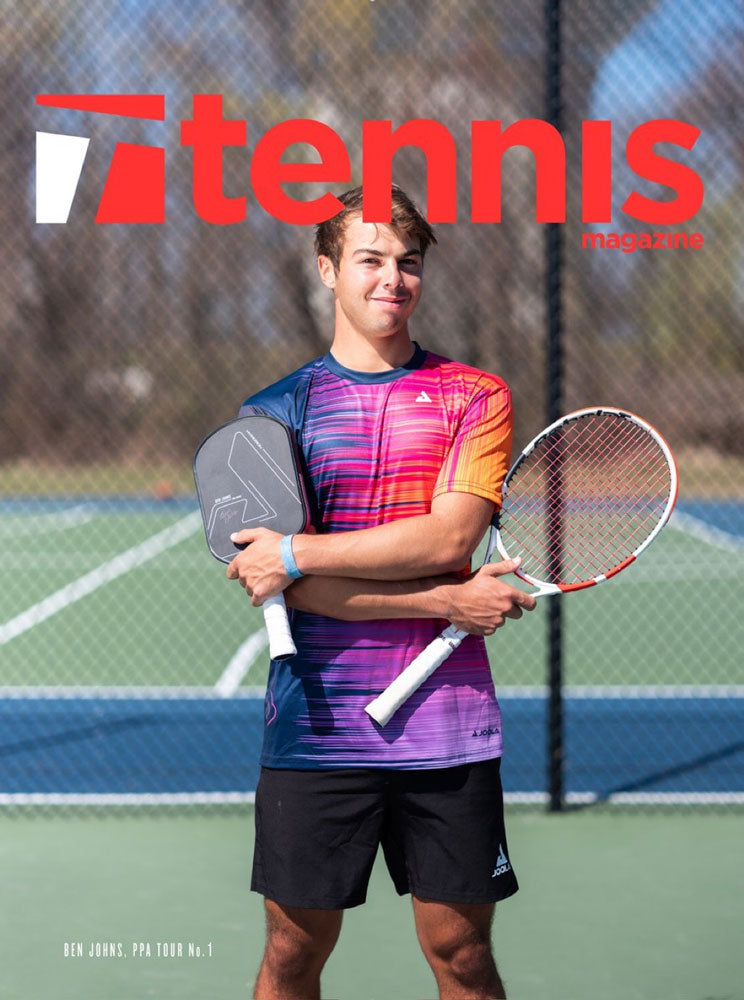
Johns, a former teenage tennis player, provided a fitting counter to McEnroe’s dismissal of pickleball as an inferior, unworthy game.
“Tennis is very much a groundstroke game these days. You’re basically just hitting big groundies from the baseline, and a big serve,” Johns said in the piece. “The main thing in pickleball is knowing when to hit big groundstrokes versus when not to, because a lot of tennis players will just choose to keep whacking away.
“It becomes clear early on that won’t cut it against decent pickleball players.”
Johns was making the argument that it is pickleball, not tennis, that is the more nuanced, sophisticated game.
That was the other thing that became clear while switching the channels between pickleball and tennis.
The tennis serve dominates play, while in pickleball, it has been regulated to be as ineffective as possible in deciding a point.
There are no radar guns to mark the speed of a pickleball serve, and there are no long pauses between first and second serves, as there often are in tennis.
Pickleball moves quickly, often without even enough time to show a replay of the previous rally. That might make for bad TV, but it makes actually playing the game more fun.
The average tennis rally lasts for three hits, while the average pickleball rally lasts for nine. And beginning pickleball players can learn to play quickly and fare better in doubles games played on smaller courts.
It’s no wonder why the sport is growing, even if there’s never a need to hush the small number of spectators who show up to watch a pro pickleball match.
If you bounce between the TV channels long enough, you might arrive at a new way to think about both games:
You might come to the epiphany that watching pro tennis makes you appreciate the way the game is played at its highest level, while watching pickleball being played at its highest level makes you want to lace up your sneakers, pick up a paddle and head to the nearest pickleball court.
